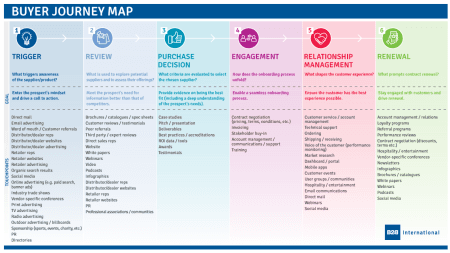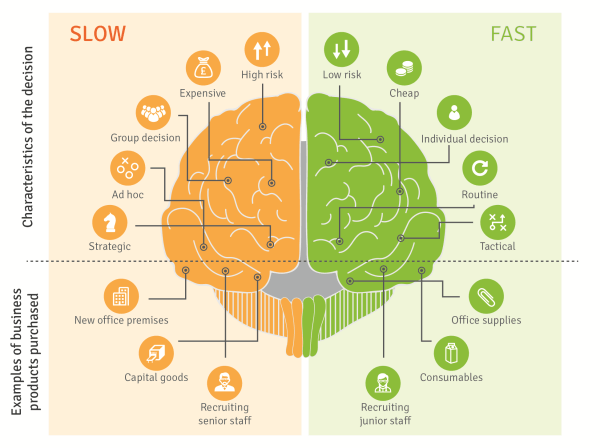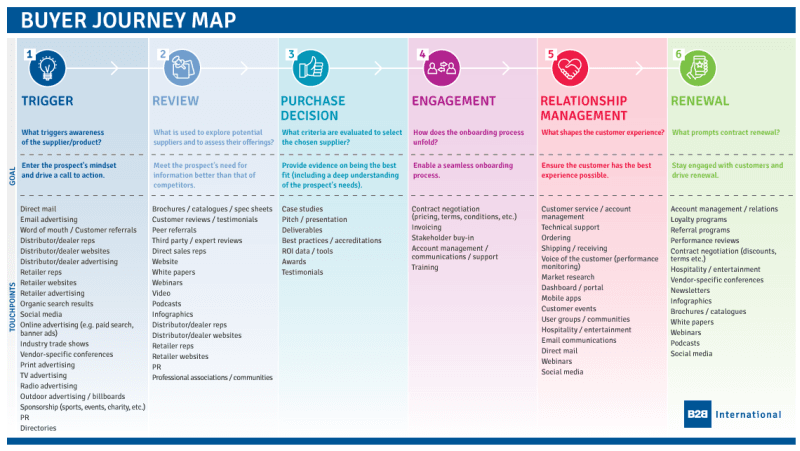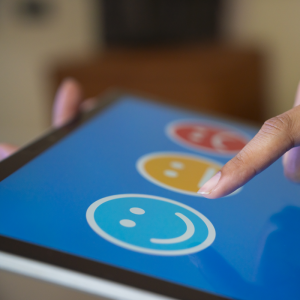The Importance Of The Path To Purchase
Most suppliers focus on factors like brand, product and service yet the purchase experience presents a substantial opportunity for differentiation. The path to purchase is vital in driving brand preference and begins long before considerations on the likes of product features and price. In fact b2b audiences typically complete around 60% of the purchase process before engaging with suppliers.
Learn more about B2B International’s Path-To-Purchase Research offering.
In b2b markets, the buyer journey is often a complex decision-making process. Usually numerous stakeholders are involved—the roles of whom vary widely by industry vertical and size of organization. Each stakeholder may have different objectives and challenges that impact their decisions. For example, the buyer that will be using the product may want to understand how the product compares to competitor offerings and so they may speak to industry peers or read expert reviews. The buyer who will be processing the payment, however, will more likely be focused on pricing and payment terms and so the likes of contract negotiation and ROI tools are more influential to this audience.
What Is Buyer Journey Mapping?
Where b2b audiences do their research, the external parties they speak to, the events they attend and publications they read, all shape the buyer journey in some way. Buyer journey mapping or customer journey mapping provides a simple and effective process to “walk in the buyer’s shoes” throughout the whole path to purchase, and to identify which touchpoints and interactions are the most critical to success.
The first step in buyer journey mapping is to create the spine, such as the example below. This often starts with the “Trigger” i.e. the start of the path to purchase, and ends at “Relationship Management” or “Renewal”. For each step identified in the path to purchase, it is important to identify the goal for the brand.
Figure 1 – Building the spine of a buyer journey map
| Trigger | Review | Purchase Decision | Engagement | Relationship Management | Renewal | |
|---|---|---|---|---|---|---|
| What triggers awareness of the supplier/product? | What is used to explore potential suppliers and to assess their offerings? | What criteria are evaluated to select the chosen supplier? | How does the onboarding process unfold? | What shapes the customer experience? | What prompts contract renewal? | |
| Goal | Enter the prospect’s mindset and drive a call to action. | Meet the prospect’s need for information better than that of competitors. | Provide evidence on being the best fit (including a deep understanding of the prospect’s needs). | Enable a seamless onboarding process. | Ensure the customer has the best experience possible. | Stay engaged with customers and drive renewal. |
Next, identify all of the touchpoints available to the buyer under each step of the journey. These should be brand agnostic where the buyer has a choice, as they could be reviewing multiple websites or brochures, attending any type of relevant event or conference, etc.
People sometimes fall into the trap of listing requirements at stages of the journey (like well-known brand and competitive pricing), as opposed to touchpoints that shape the journey. Ensure that everything listed in the buyer journey map is therefore something that the buyer can interact with in some way such as direct mail, social media, or loyalty programs.
It is also important to include other players in the value chain who play a role as buyers navigate the path to purchase. In the hotel industry, for example, travel management companies, airline partnerships, car rental partnerships, insurance company partnerships and business payment card partnerships are just some examples of how the interactions with channel partners could influence the buyer journey.
The lists of touchpoints under each step of the buyer journey should be as exhaustive as possible so that no stone is left unturned. While buyer journey maps are often linear in design for ease of plotting and understanding the extensive process (such as the example below), in reality the journey is more cyclical. Even when a contract comes to an end, it is necessary to find ways to keep the brand top of mind and the lines of communication open with customers for when the next need arises. There is always opportunity to engage more with customers and often the brand with the highest share of mind is the brand that wins.
How To Optimize The Buyer Journey
Buyer journey mapping is highly beneficial in understanding the path to purchase, and the creation of the map can be quick, cost effective and impactful if it is created workshop-style with key stakeholders involved. The buyer journey map becomes even more useful if it involves voice of the customer research to validate and refine the map, to highlight which touchpoints are the most important, and to indicate where a particular brand is strong and weak in the journey.
For example, sales reps are a vital touchpoint in many b2b markets yet only few b2b suppliers have conducted segmentation studies to determine when and where sales reps’ efforts have the biggest impact. Typically only 10-15% of buyers want to speak to a salesperson when repurchasing a product or service, and only a minority wants to hear from sales reps about new products. Voice of the customer research to understand brand performance on the likes of sales reps is therefore important for a gauge on how to optimize resources for greater effect.
Assessing performance throughout the path to purchase helps suppliers understand the importance of where and how they market and sell their brands, which can offer greater differentiation than what they sell. The ultimate goal should be to cultivate informed as well as delighted customers who will become ambassadors of the brand. Keeping customers up-to-date with best practices and the latest thinking of relevance to their business, for instance, positions a supplier ahead of others as a trusted authority in the industry. Establishing a strong position in the path to purchase therefore sets the foundation for brand preference and long-term customer advocacy.
Buyer Journey Map Examples
Below is a selection of buyer journey map examples to highlight how the look and structure can differ according to the client and research objectives.
Figure 3 – Buyer journey map example
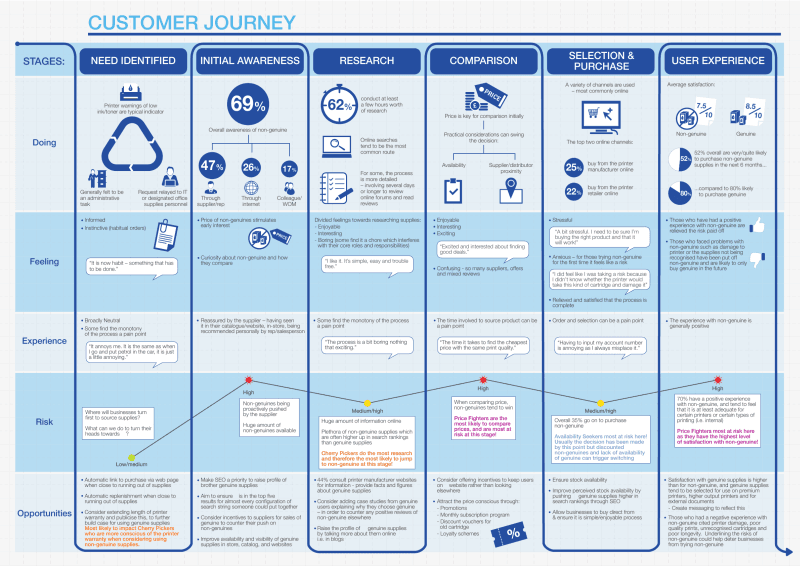
Figure 4 – Buyer journey map example
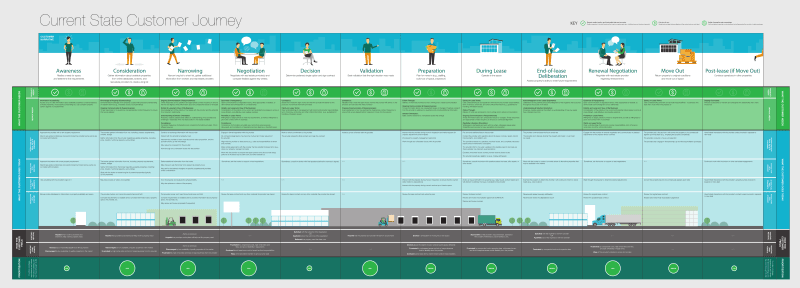
Figure 5 – Buyer journey map example
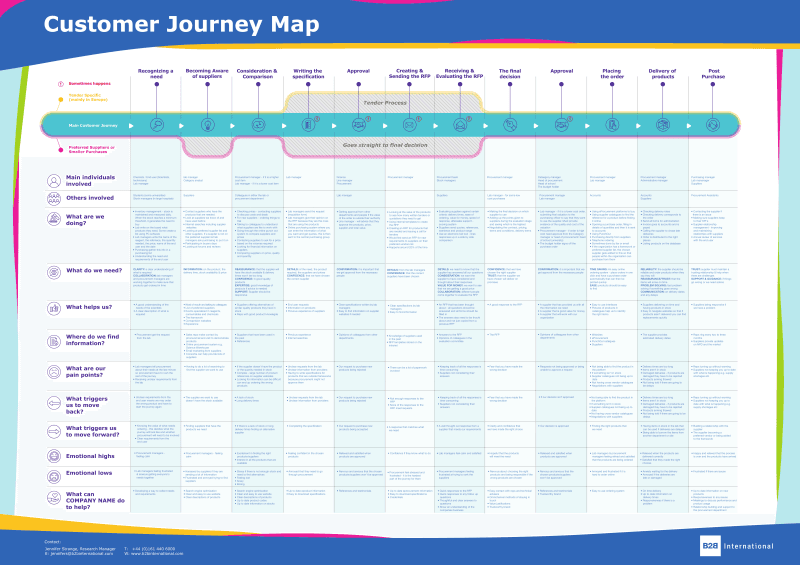
Figure 6 – Buyer journey map example
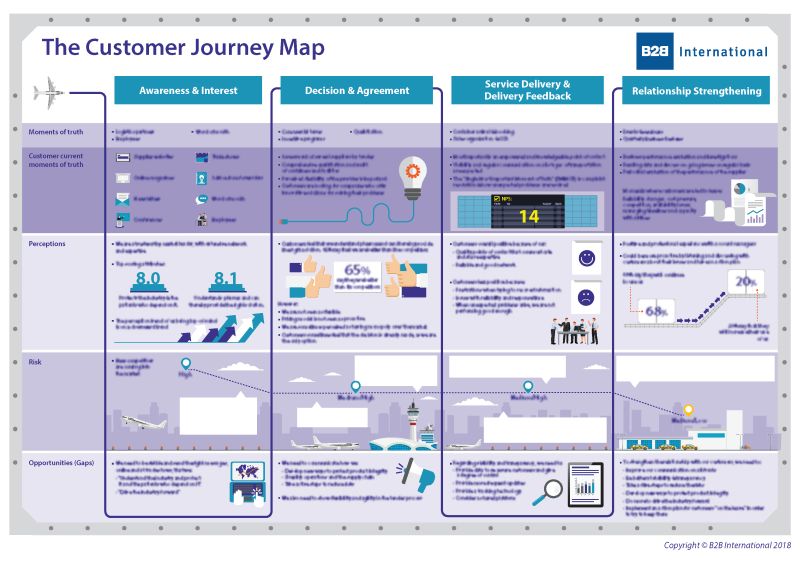
Buyer Journey Mapping Case Study: Sodexo
Sodexo are a world-leader in food service and facilities management and place a heavy emphasis on using market research to ensure they are meeting the needs of the target market and making smart business decisions.
Sodexo approached B2B International to carry out buyer journey research to help them understand typical buyer journeys and personas across four different business units. Over 100 in-depth telephone interviews were carried out with Sodexo’s customers and prospects, covering all job roles from C-suite and Finance Directors to Facilities Managers.
The research was used to validate and build the buyer journey for each segment, develop buyer personas for different roles across the decision-making unit, and to develop value propositions to help effectively target customers and prospects.
Read the full case study to find out more about the research process and how the insights were used to inform top of the funnel marketing and sales engagement strategies and drive improvements in customer satisfaction and loyalty.
Readers of this article also viewed:
The Customer Journey and How Businesses Buy Six Steps To B2B Customer Experience Excellence


